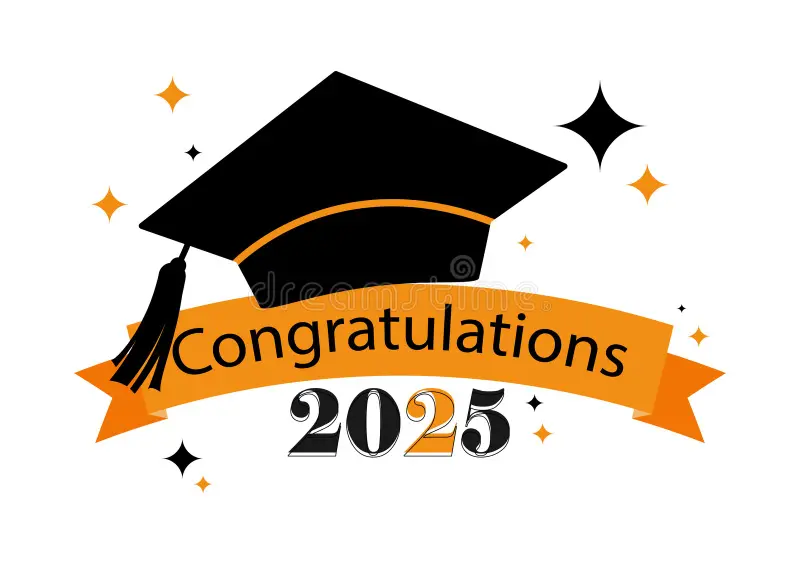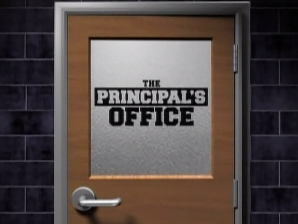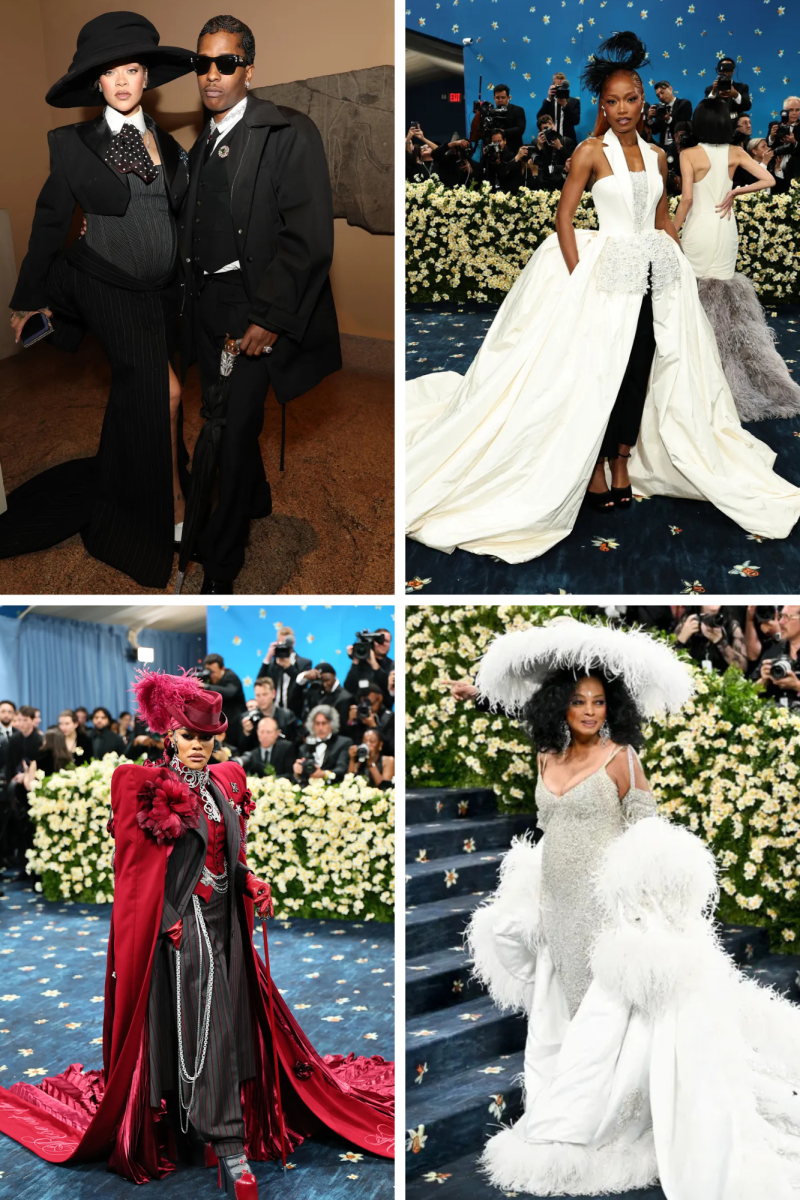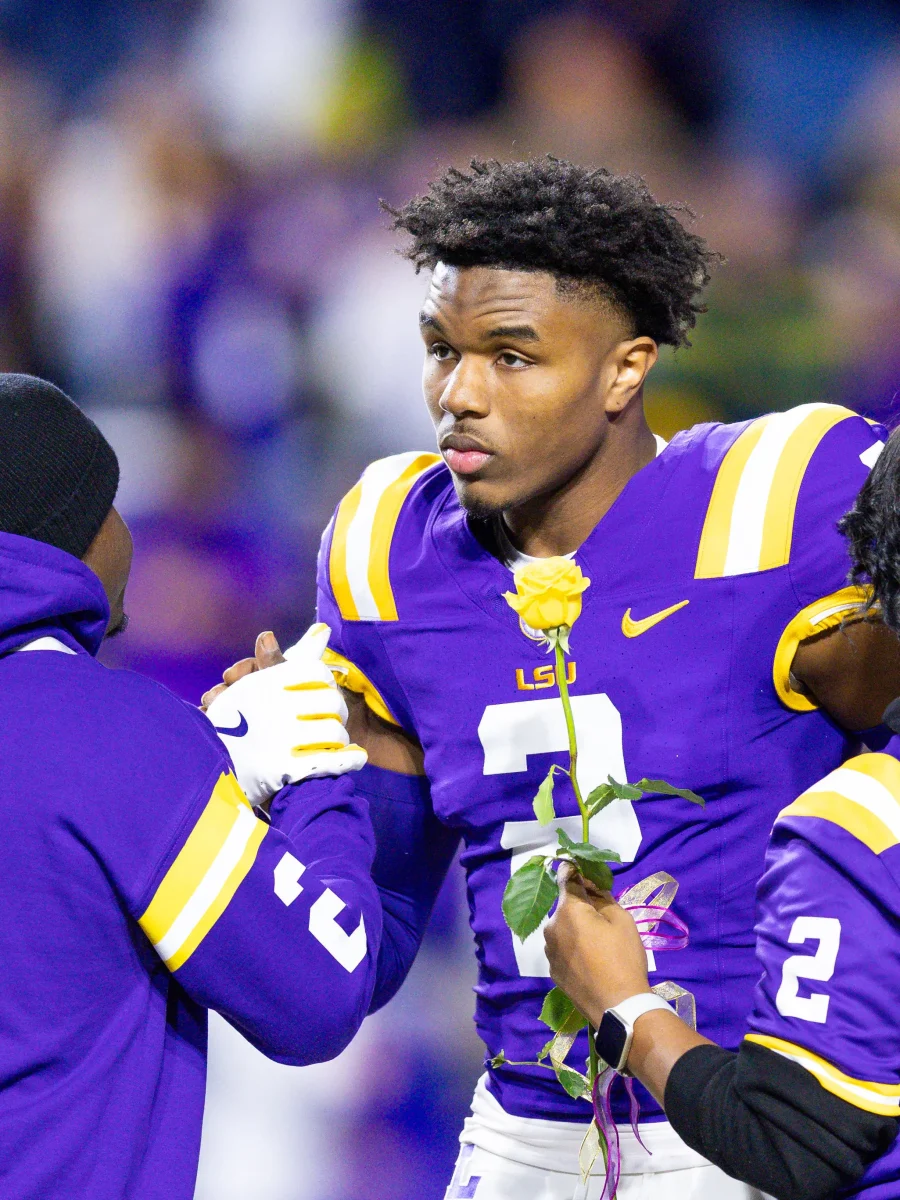GSA on the move: Lessons from the 28th annual Multicultural Education Conference
March 22, 2023
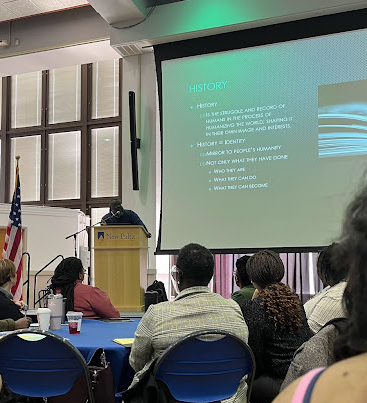 After endless trials and tribulations, Danbury High School’s Gay-Straight Alliance (GSA) made it to New York. On March 3rd, 2023, the State University of New York in New Paltz, NY, held its 28th annual Multicultural Education Conference. The conference’s purpose is to expand inclusivity in schools within gender, sex, race, class, and beyond. It educates both teachers and students in advocacy techniques which participants take home with them and apply to their schools. Participants are asked to select a morning workshop and an afternoon workshop, during which they will explore various skills like team-building, sensitivity, and deconstructing bias.
After endless trials and tribulations, Danbury High School’s Gay-Straight Alliance (GSA) made it to New York. On March 3rd, 2023, the State University of New York in New Paltz, NY, held its 28th annual Multicultural Education Conference. The conference’s purpose is to expand inclusivity in schools within gender, sex, race, class, and beyond. It educates both teachers and students in advocacy techniques which participants take home with them and apply to their schools. Participants are asked to select a morning workshop and an afternoon workshop, during which they will explore various skills like team-building, sensitivity, and deconstructing bias.
This year, the conference featured keynote speaker Dr. LaGarrett King, who spoke on teaching Black history most effectively and through Black perspectives. He spoke about how, too often, Black history is taught through the eyes of white Europeans. Often, Black history does not begin in classrooms until Black civilizations are “discovered” by white Europeans. Dr. King also noted that Black history is conceptualized through suffering, perfect “Messiah” figures, and historical “firsts.” We are not taught why historical firsts are the first, nor how Black people lived before integration into other racial spaces.
For example, Black people had their own baseball league 27 years before the first Black baseball player played for a white team. Dr. King gave the example of Brown v. Board of Education. The case is often painted as an all-around good thing that gave Black people educational equality. However, what it really caused was Black students going from having a strong education in Black schools to having the same education while experiencing violent racism in white schools. What the Black community wanted at the time, he explained, was financial equality in schools—not necessarily integration.
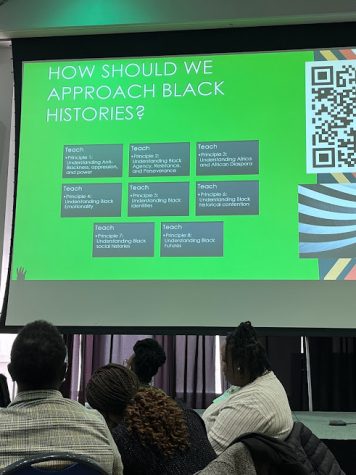 Dr. King taught that when we teach only about Black people who are virtually perfect, or present them as so, we are not giving them full humanity or emotionality. We use figures like Rosa Parks and Harriet Tubman as examples of who Black youth should be like, without acknowledging their complexity or emotions. And, when we do, complexity is only given to the most “palatable” of Black people—male, heterosexual, middle-class, well-educated, and assimilated into America. Black History Month should not be used as a way to regurgitate the same flat stories for one month. Instead, we should teach year-round history through the emotions and identities of Black people all around the world, and then contextualize it for the present and future.
Dr. King taught that when we teach only about Black people who are virtually perfect, or present them as so, we are not giving them full humanity or emotionality. We use figures like Rosa Parks and Harriet Tubman as examples of who Black youth should be like, without acknowledging their complexity or emotions. And, when we do, complexity is only given to the most “palatable” of Black people—male, heterosexual, middle-class, well-educated, and assimilated into America. Black History Month should not be used as a way to regurgitate the same flat stories for one month. Instead, we should teach year-round history through the emotions and identities of Black people all around the world, and then contextualize it for the present and future.
After Dr. King’s speech, participants dispersed into their morning workshops, and DHS began its presentation.
The aim of the presentation was to teach students self-acceptance strategies and advocacy. It then included an open discussion and workshop that would apply the learned skills to hypothetical situations provided to participants.
It was geared toward LGBTQ students, but applicable to all, as everyone should always work toward self-acceptance and -advocacy. The presentation was quite successful, and evoked a productive discussion among everyone in the room. They were able to produce hypothetical plans for advocacy that can be used in real life when discrimination arises. The educators in the room were happy to contribute their own experience and expertise—this was especially nice to see, as educators have power in public schools, and it is critical that educators know how to stand up for students who lack power.
One of the main takeaways the club got was that action is just as important as words when creating change. Often, words about change and activism are shared around without any actual on-the-ground organization or action. How can we expect to make a difference when all we do is talk? When we are out working in our local communities, it creates the most direct and effective change for the neighborhoods we are in every single day.
When we had finished presenting, all participants congregated to eat lunch, socialize, and watch multicultural dance and music performers from the Vanaver Caravan. Click here to see a West African performer from the Caravan.
The lessons from this conference did not come easily. The GSA struggled on many different occasions in trying to organize transportation. Within the current bus driver shortage, costs of a bus to SUNY have skyrocketed to up to $2,000—and in some cases, several hundred dollars only to get to New Milford. The executive board of the club, along with members, noticed that Danbury High regularly funds sports teams, marching bands, and color guard transportation wherever they may have a competition. It is saddening and infuriating that the school and superintendent would not fund a club of marginalized youth trying to create local change, and the club was left to wonder if the lack of funds was a result of homophobia and transphobia.
With no other options, the club had to beg members’ parents to transport them, along with 18 year old students driving themselves. There was even an instance of car failure, and all around, the club wondered if some divine force was working against them. Mrs. D’Auria and Ms. Rojek, who both supervise the club, did everything in their power and more to change the tide, often leaving them in distress and with no other options. Between no funding, no insurance, high costs of transportation, and no visibility, it was another case of LGBTQ people being forced to work harder for the things others are handed on a silver platter.
Nonetheless, they persevered. The fact that the club was able to transport most students who’d signed up for the field trip was an inspiring story in itself. Both fortunately and unfortunately, they were each familiar with having no choice but to carve their own path through the thicket, but they were still outraged at the lack of support in schools. It was this exact issue that the GSA’s presentation and workshop sought to turn around.
Many things were learned from the conference this year, and it was overall a positive experience. The GSA was happy to extend their influence and would consider contributing again if given the opportunity next year. Danbury’s GSA extends their thanks to SUNY New Paltz for the opportunity and everything they have learned.



